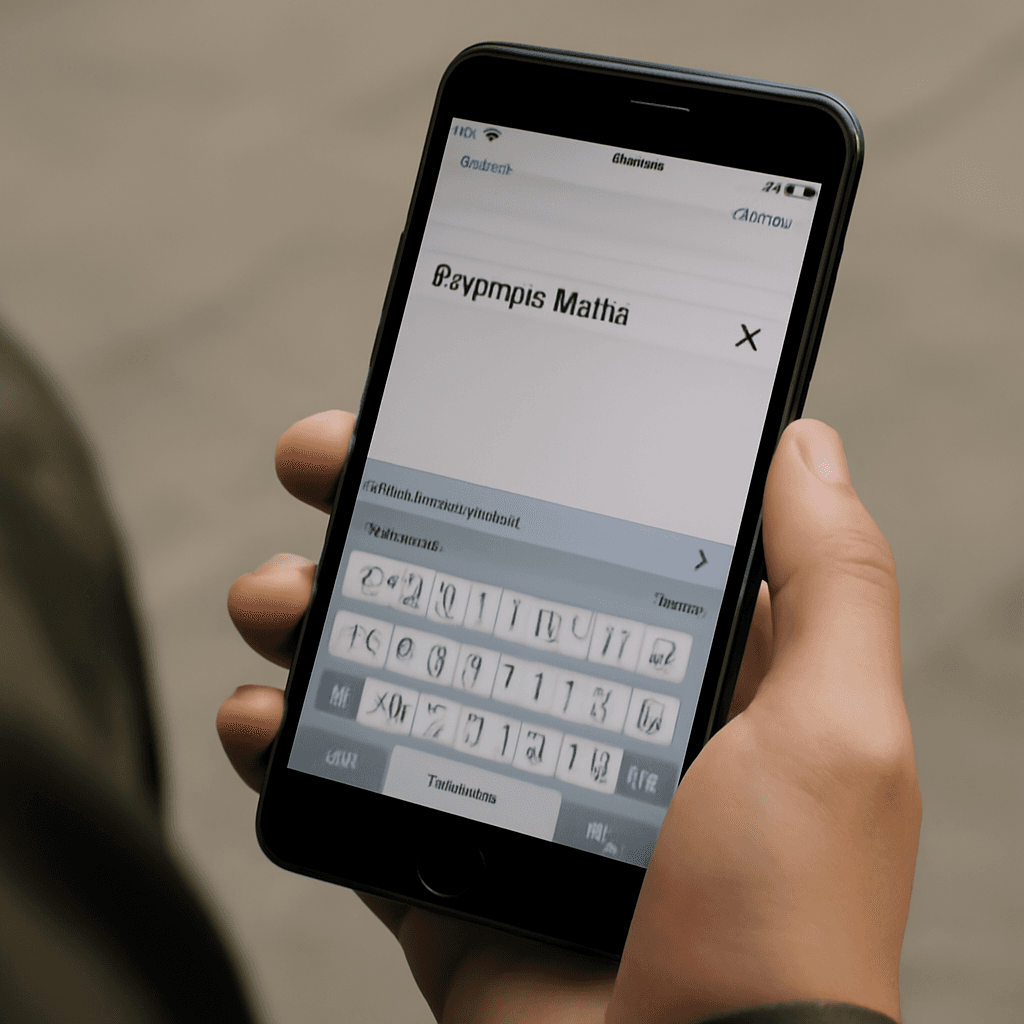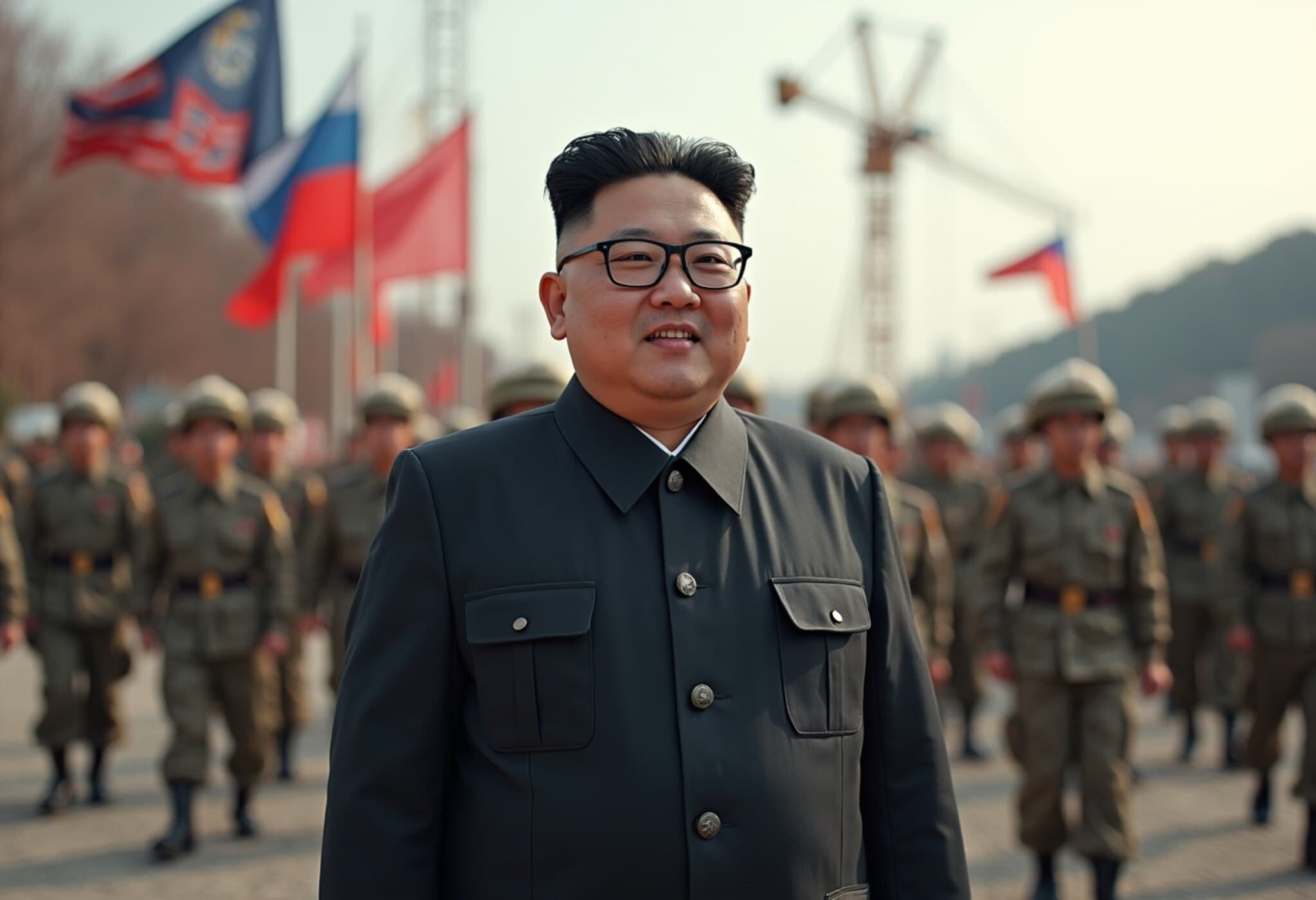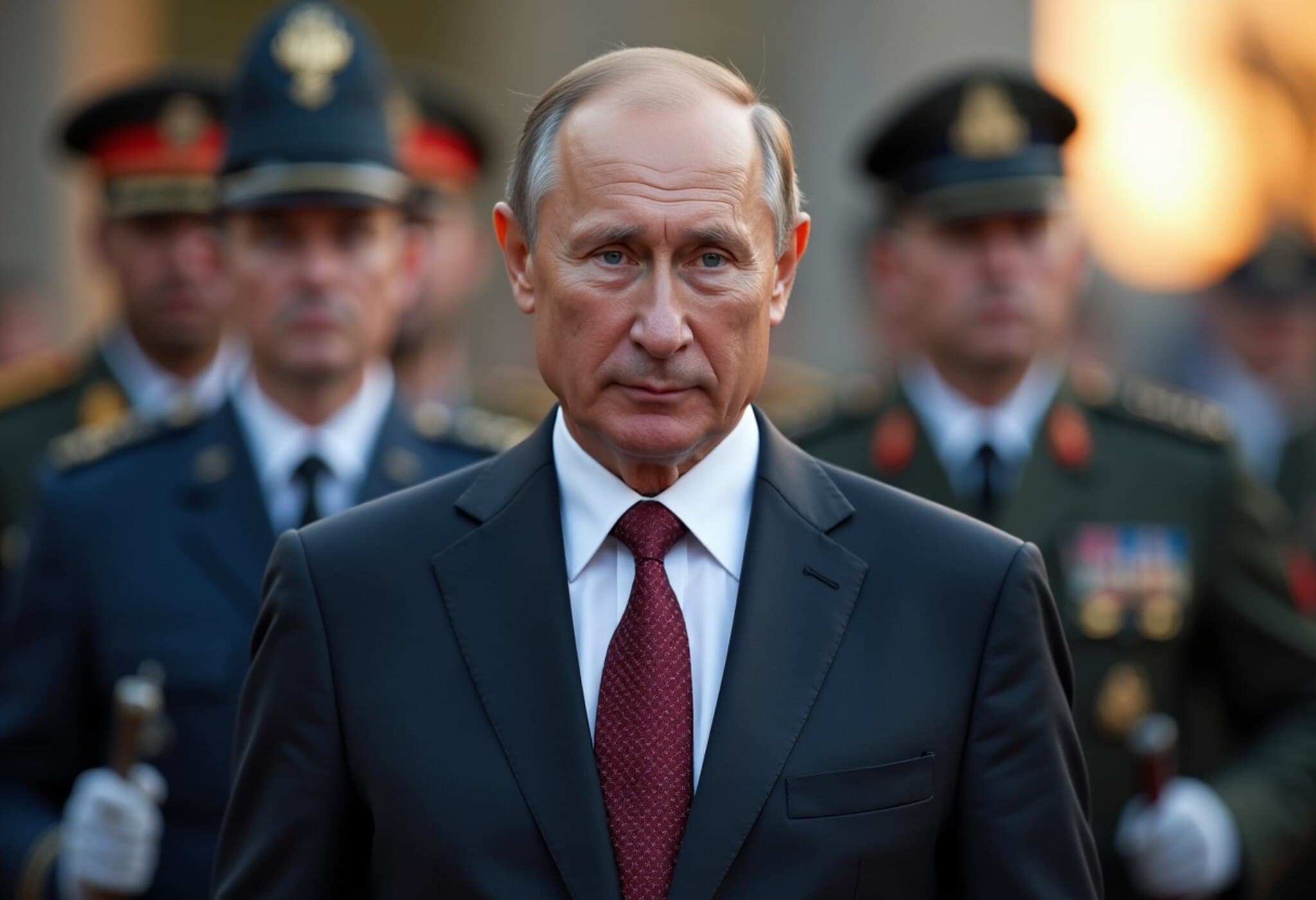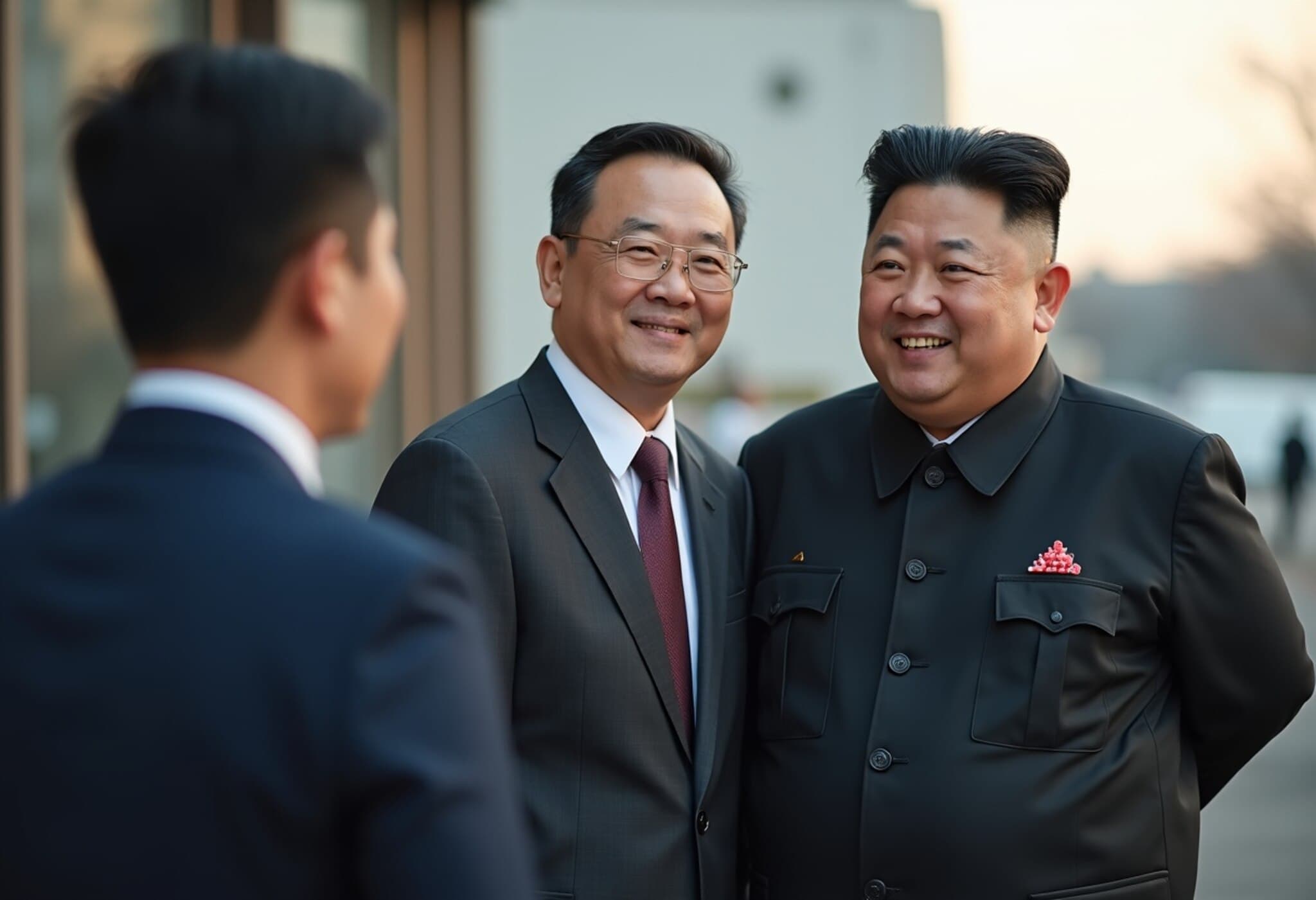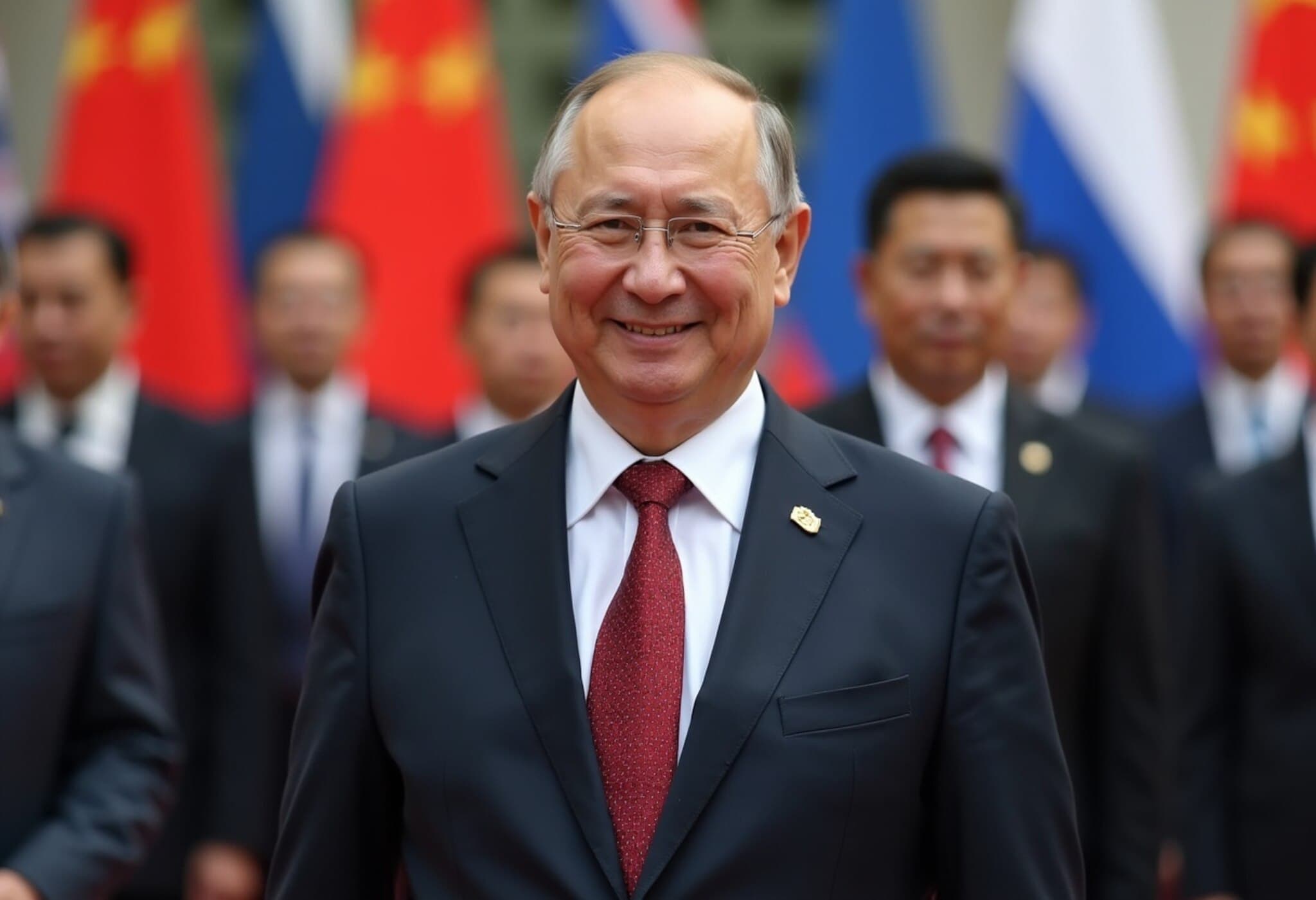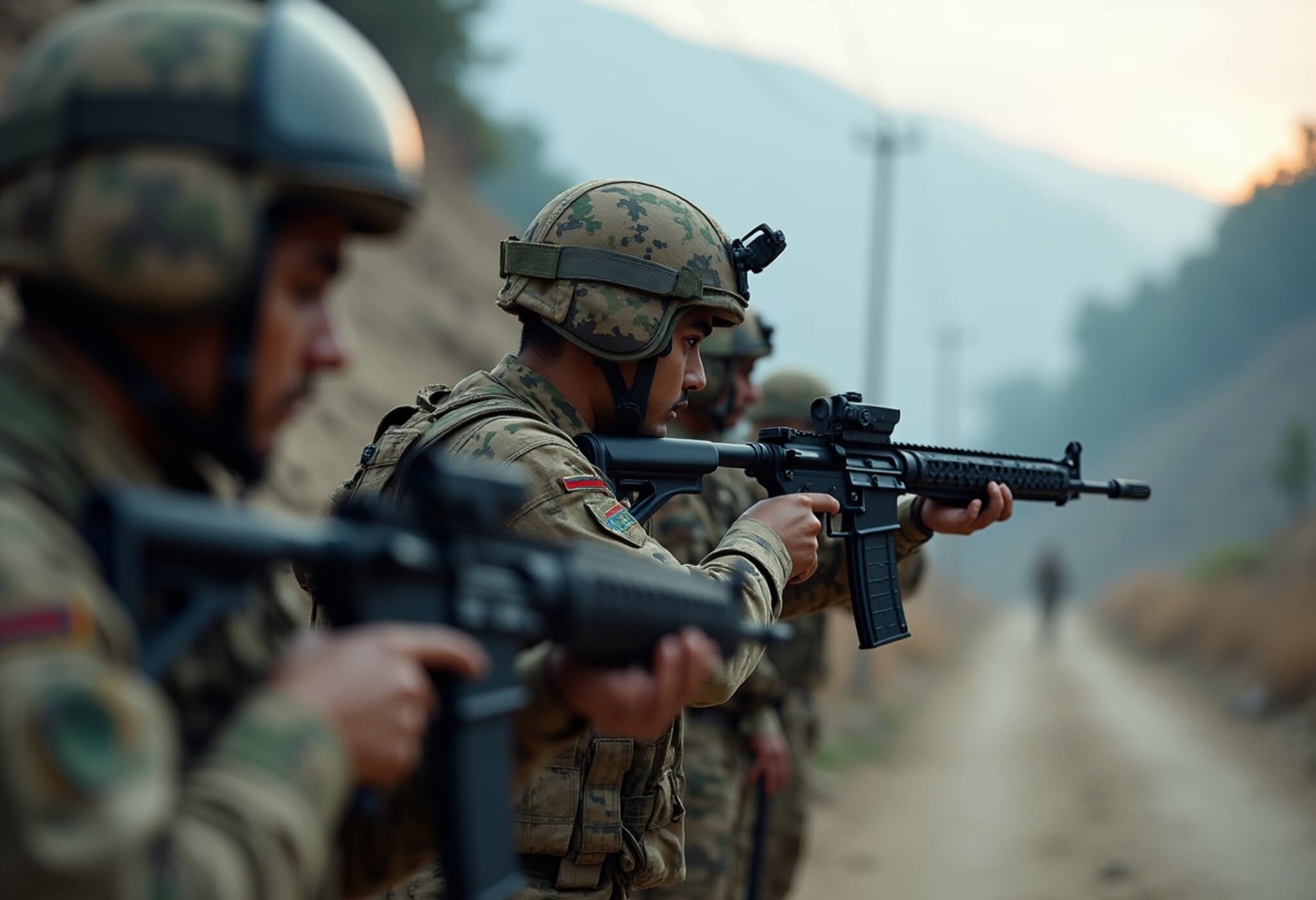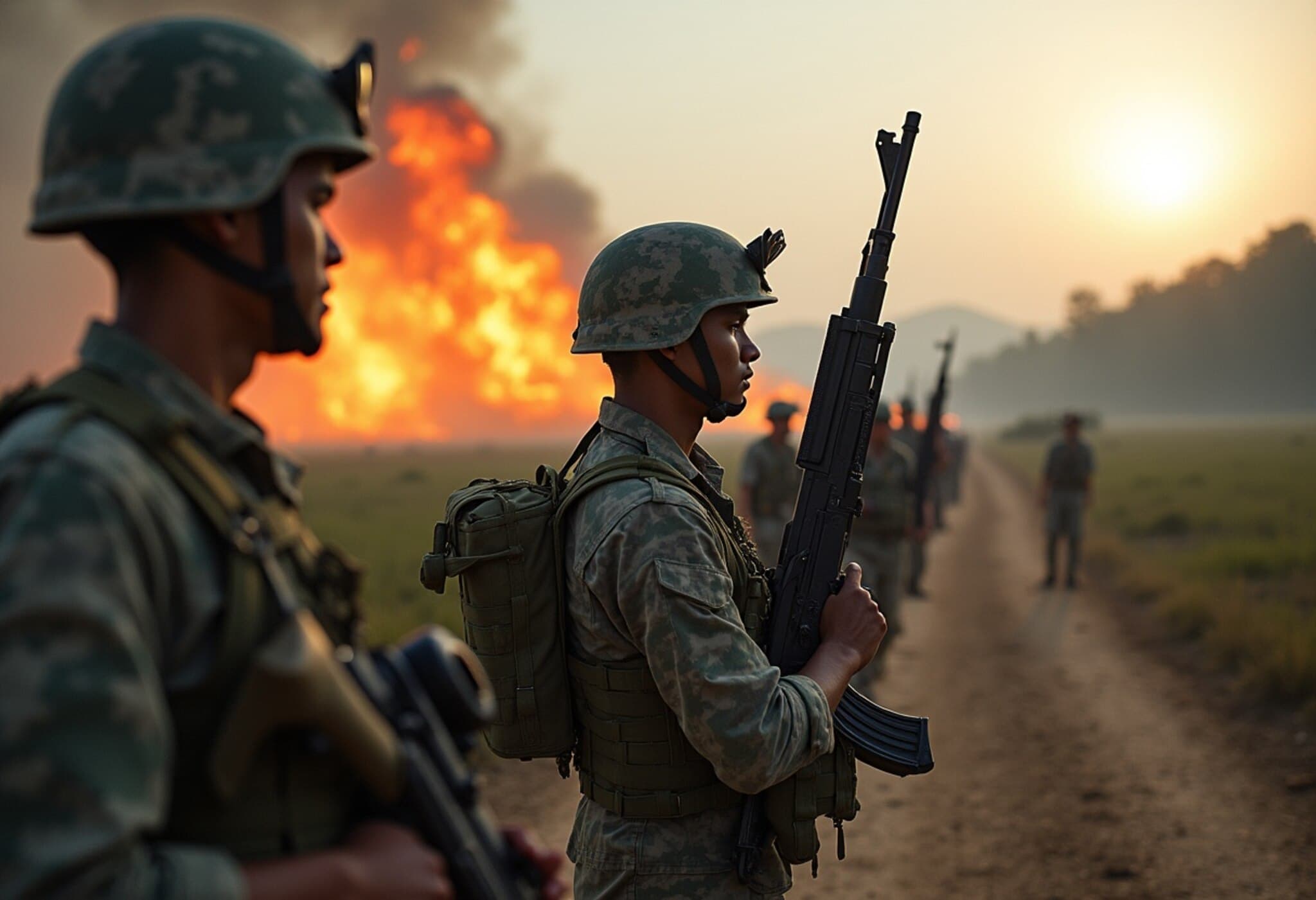North Korea Removes Border Loudspeakers, Signaling Diplomatic Thaw
In a noteworthy development along the heavily militarized inter-Korean border, South Korea's military has confirmed that North Korea has started dismantling some of its propaganda loudspeakers. This move comes shortly after South Korea took down its own front-line loudspeaker systems, signaling a rare moment of de-escalation after months of heightened tensions fueled by cross-border broadcasts.
From Noise to Nuance: The Loudspeaker Battles
For months, residents living near the Demilitarized Zone (DMZ) have endured a unique kind of sonic warfare. North Korean loudspeakers blared a cacophony of distinctive sounds — howling animals, pounding gongs, and eerie noises — in direct response to South Korean broadcasts that featured critical news of Pyongyang’s leadership interspersed with upbeat K-pop tunes. These broadcasts have been a thorn in the side for communities caught in the crossfire of political messaging.
This back-and-forth campaign of soundwaves traces back to June of the previous year when a conservative South Korean government resumed daily broadcasts reacting to North Korea’s own provocations, including balloon drops carrying trash across the border. President Lee Jae Myung’s recent decision to halt Seoul’s loudspeaker messages followed swiftly, corresponding with Pyongyang’s cessation and now partial removal of their devices.
Political Winds Shift: New Leadership Charts a Different Course
President Lee’s election earlier this year marked a significant shift from the staunchly conservative approach of his predecessor, Yoon Suk Yeol. Lee’s agenda emphasizes diplomatic engagement and reconciliation with Pyongyang, seeking to ease longstanding hostilities despite persistent challenges.
However, North Korea’s leadership remains cautiously critical. Kim Jong Un’s sister publicly chastised Lee’s administration in July for what she termed "blind trust" in the U.S.-South Korea alliance, underscoring Pyongyang’s skepticism about Seoul's commitments. Moreover, Pyongyang rebuffed renewed U.S. diplomatic overtures focused on denuclearization, reminding analysts of the fragile nature of current peace overtures.
Challenges Ahead: Military Drills and Regional Stability
The fragile pause in propaganda exchanges could be tested as South Korea and the United States prepare to commence their annual combined military exercises scheduled for August 18. Historically, North Korea has reacted to these drills with displays of military might and weapons testing, complicating the diplomatic landscape.
Analysts warn that while the removal of loudspeakers symbolizes goodwill, it remains uncertain whether it marks a lasting thaw or a tactical pause before future provocations. The region stands at a crossroads, balancing hopeful diplomacy against entrenched distrust.
Contextual Insight: Why This Matters to the World
The inter-Korean border isn’t just a physical divide; it’s a symbol of Cold War tensions still reverberating in East Asia. The loudspeaker skirmishes, seemingly trivial, encapsulate deeper struggles over identity, sovereignty, and information control.
For the international community — particularly the United States, South Korea’s key ally, and neighboring China and Japan — these gestures towards de-escalation are significant. They offer rare openings to temper military tensions and revive diplomatic channels that have long been stalled.
Editor’s Note
As North Korea dismantles its border loudspeakers, one cannot help but ask whether this signals a genuine step toward peace or a strategic maneuver within a complex geopolitical game. While less noise echoes from the DMZ, the underlying discord remains unresolved. Observers should watch closely the upcoming military drills and diplomatic exchanges, as these will likely determine if a meaningful thaw is sustainable.
Meanwhile, the everyday lives of border residents, previously subjected to psychological and auditory stress, may finally find some relief — a small but poignant human impact often lost amid grand geopolitical narratives.










